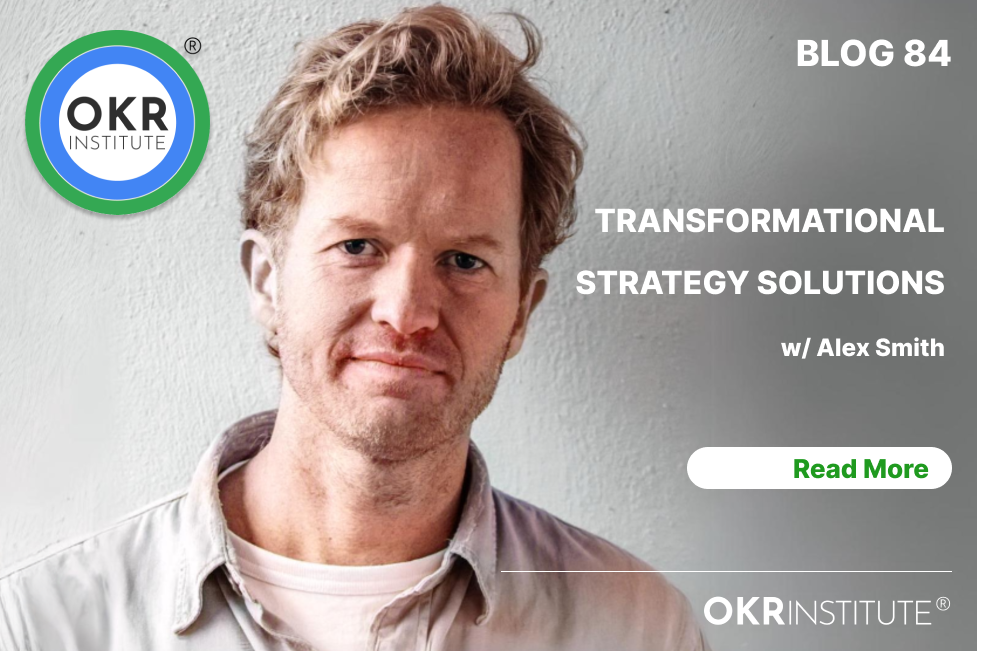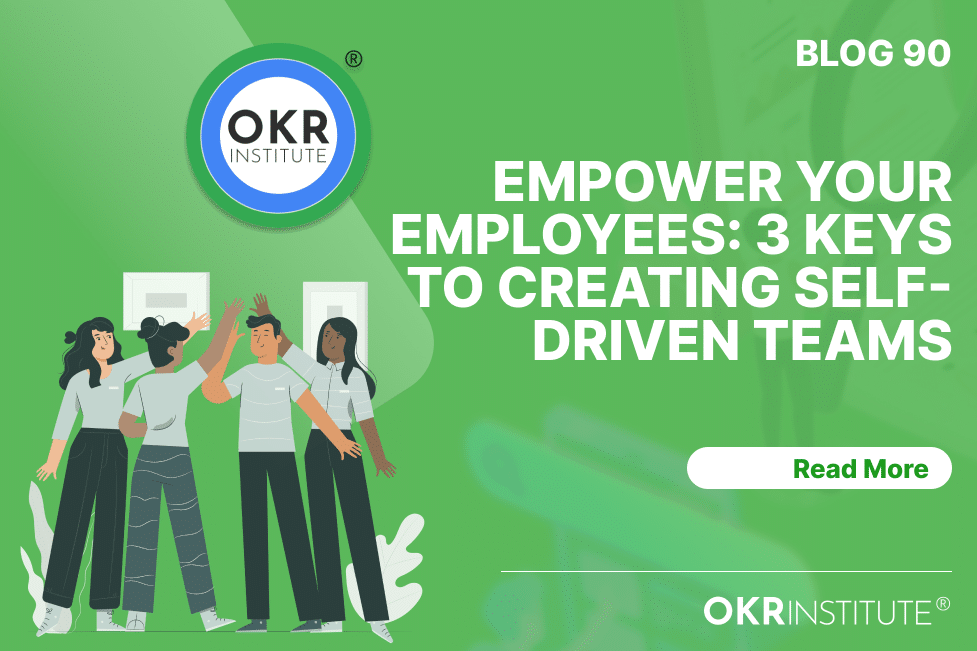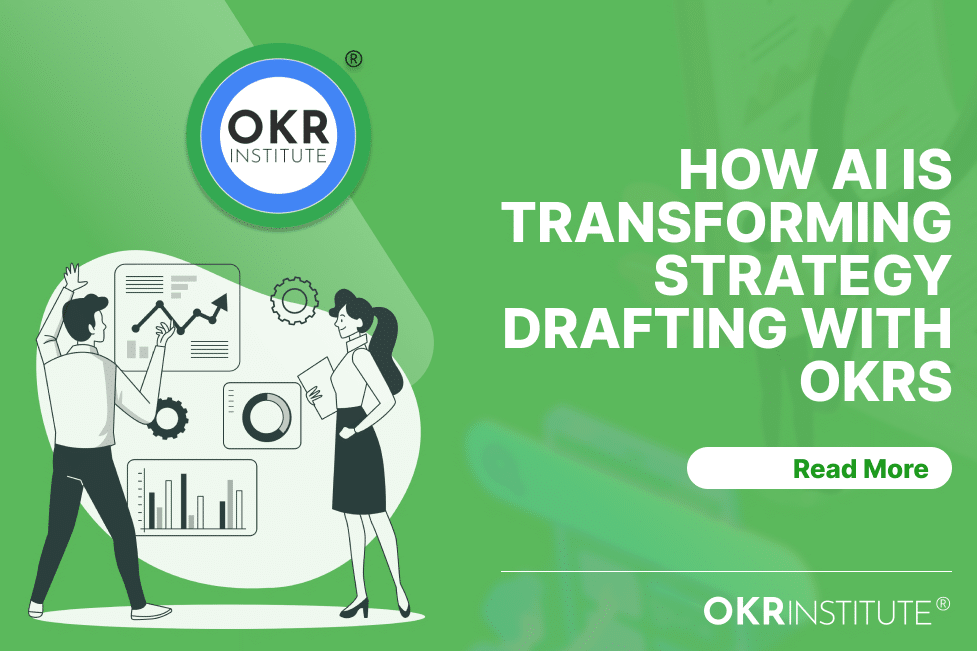Unleashing the Power of Diversity in the Workplace via DEI OKRs

How to Start with Meaningful OKRs
As we progress in the 21st century, organizations increasingly recognise the importance of diversity, equity, and inclusion (DEI) in their quest for success. Companies realise that fostering an inclusive work environment promotes social responsibility, drives innovation, improves employee satisfaction, and enhances business outcomes. To effectively drive DEI initiatives, it is essential to establish clear objectives and measurable goals that align with the overall organizational strategy. This is where Objectives and Key Results (OKRs) come into play.
OKRs, a goal-setting framework popularized by companies like Google, provide a structured approach to defining and tracking goals. By implementing DEI-focused OKRs, businesses can promote accountability, transparency, and a proactive approach towards building a diverse and inclusive workplace. This blog post will explore how organizations can draft effective OKRs for Diversity, Equity, and Inclusion to achieve inclusive excellence.
The ABCs of DEI: A Primer for Drafting Effective OKRs
Before diving into the drafting process, it is crucial to establish a strong understanding of the core principles of Diversity, Equity, and Inclusion. Diversity goes beyond mere representation and encompasses various backgrounds, experiences, and perspectives. Equity focuses on creating a fair environment by eliminating biases and ensuring equal opportunities for all individuals. Inclusion aims to foster a sense of belongingness where all employees feel valued, respected, and accepted.
The business case for DEI-focused OKRs is compelling. Diverse teams bring in a variety of perspectives that drive innovation and creativity. Research consistently shows that inclusive organizations outperform their competitors, leading to better financial performance and increased customer satisfaction. Additionally, organizations prioritising DEI often benefit from higher employee engagement, retention, and productivity while enhancing their brand reputation and attracting top talent.
It is paramount for DEI goals to align with the organization’s overall objectives. By identifying areas for improvement and setting measurable objectives, companies can ensure that DEI is integrated into the fabric of their operations. Moreover, leadership commitment and buy-in are significant in successfully implementing DEI-focused OKRs. Leaders must embody the values of diversity and inclusion and communicate their importance throughout the entire organization.
The Key Components of Effective DEI OKRs
To draft effective DEI OKRs, organizations should consider several key components:
Defining the key performance indicators (KPIs) for DEI success
Measuring progress in DEI efforts requires the establishment of comprehensive Key Performance Indicators (KPIs). Combining quantitative and qualitative metrics helps organizations track their successes and identify improvement areas. Examples of DEI KPIs could include metrics like employee diversity percentages, employee satisfaction survey results, and representation in leadership roles.
Establishing an inclusive goal-setting process
Inclusive goal-setting involves involving diverse stakeholders in the decision-making process. By soliciting perspectives from employees at all levels and departments, organizations gain valuable insights and ensure that goals reflect the entire workforce’s needs. Transparency, accountability, and ongoing feedback mechanisms are vital to foster a collaborative and inclusive environment.
Role of employee training and development in achieving DEI OKRs
Organizations must recognize that achieving DEI OKRs requires continuous learning and development. Providing DEI education programs and resources can enhance employees’ awareness and understanding of various diversity dimensions. Cultural competency training enables individuals to interact respectfully and effectively with colleagues from different backgrounds. Additionally, mentorship and sponsorship initiatives ensure that underrepresented individuals can access leadership opportunities.
“Diversity isn’t just a buzzword; it’s a powerful catalyst for innovation, collaboration, and success. Explore how breaking barriers in the workplace can unleash a world of endless possibilities! 💥✨ #BreakingBarriers #WorkplaceDiversity”
Case Studies: Real-life Examples of Successful DEI OKRs
Examining organizations successfully implementing DEI OKRs can provide invaluable insights and inspiration. For instance, a tech company developed an OKR to increase female representation in their engineering teams. By setting specific KPIs, such as a percentage increase in the number of female hires and promoting supportive initiatives, they were able to create a more diverse and inclusive workplace. These success stories highlight the strategies, practices, and initiatives that contribute to achieving DEI goals and can be used as inspiration for other organizations.
Image courtesy of www.td.org via Google Images
Overcoming Challenges and Sustaining DEI OKR Progress
Implementing DEI-focused OKRs may come with its own set of challenges. Some common barriers include resistance to change, unconscious biases, and insufficient resources. To overcome these hurdles, organizations should continually communicate the benefits of DEI, offer support and resources, and prioritize ongoing training and development. Monitoring progress, identifying setbacks, and adjusting OKRs will help sustain the momentum and progress towards creating an inclusive workplace.
The Future of DEI: Broadening the Scope of OKRs
DEI is an ever-evolving field, and it is essential for organizations to stay ahead of the curve. As the definition of diversity expands beyond traditional dimensions, companies need to broaden the scope of their DEI OKRs. This includes fostering an inclusive culture for individuals with disabilities, accommodating diverse cultural norms, and creating support systems for employees with intersecting identities. Additionally, technology and data-driven insights can contribute to refining and enhancing DEI OKRs, offering organizations new tools for monitoring and decision-making.
In conclusion, DEI-focused OKRs provide a robust framework for organizations to drive meaningful change towards building diverse, equitable, and inclusive workplaces. By establishing clear objectives, aligning with broader organizational goals, and integrating diverse perspectives into the goal-setting process, companies can break barriers and unleash the power of diversity. It is through these efforts that we can collectively foster inclusive excellence, where every
Talent Development Director of the OKR Institute
Table of Contents
- The ABCs of DEI: A Primer for Drafting Effective OKRs
- The Key Components of Effective DEI OKRs
- Case Studies: Real-life Examples of Successful DEI OKRs
- Overcoming Challenges and Sustaining DEI OKR Progress
- The Future of DEI: Broadening the Scope of OKRs
Related Courses
Recent Posts
Tags
#OKR
#OKR Coaching
#OKR Coach







